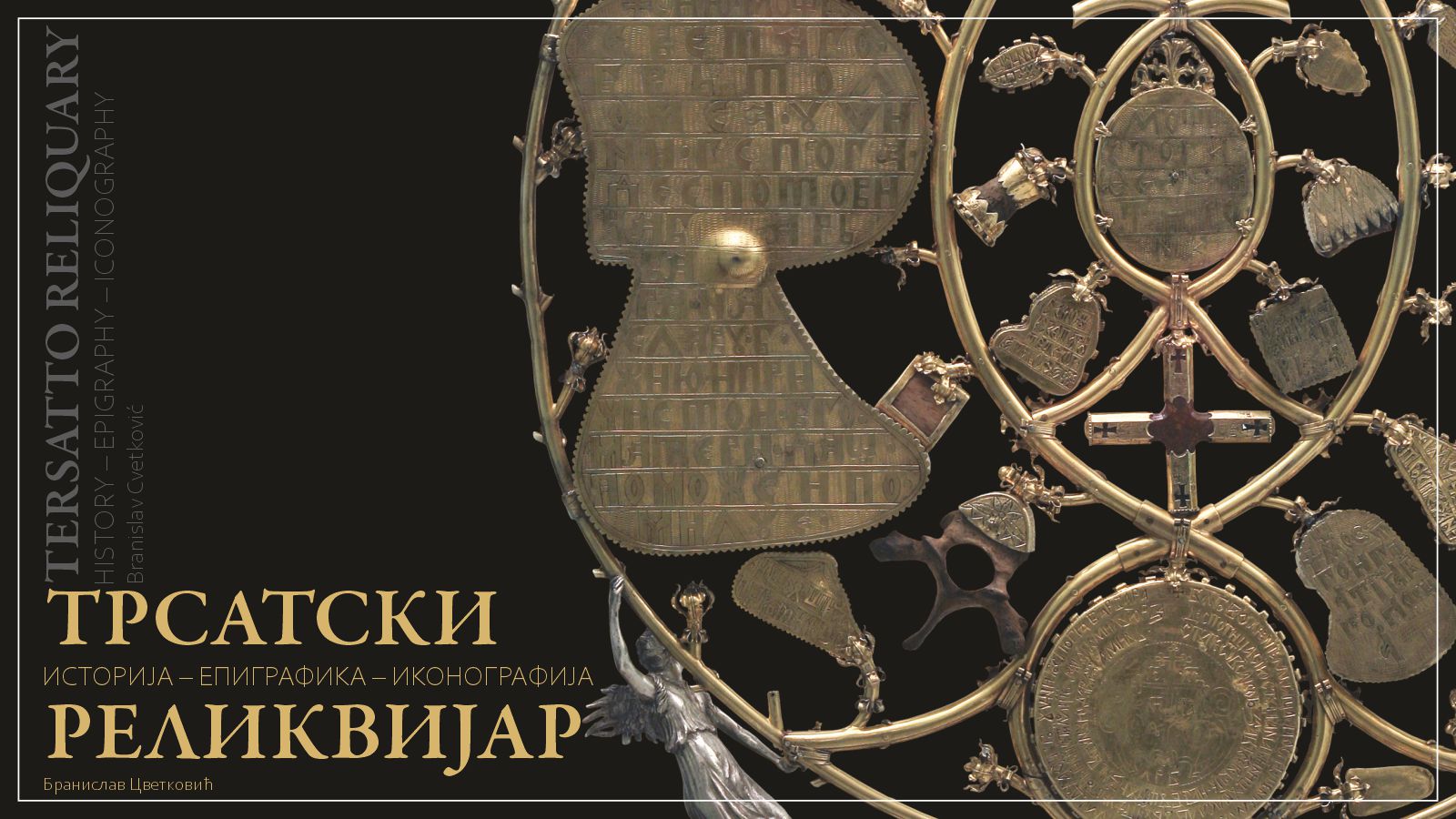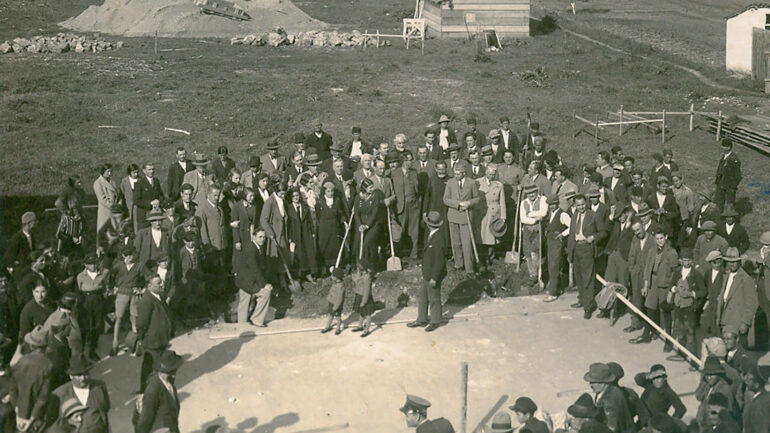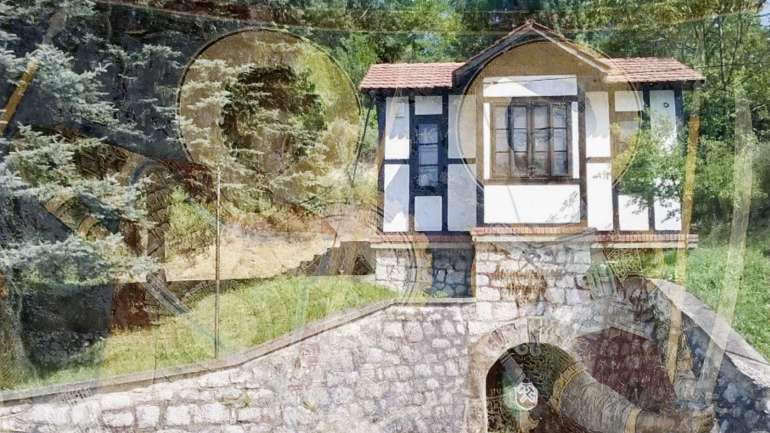At the end of 2020, a new publication of the Regional Museum of Jagodina “Tersatto Reliquary – History, Epigraphy, Iconography” was published. The author of this book is Branislav Cvetković, Ph.D., art historian, museum advisor of the Regional Museum of Jagodina. The book was published thanks to the financial support of the Ministry of Culture and Information of the Republic of Serbia. It is a luxurious and representative edition dedicated to the study of a large and complex late medieval reliquary, which is known in science and literature, as well as to the general public, as the reliquary of Barbara Frankopan. This reliquary has been kept in the treasury of the Franciscan monastery on Trsat near Rijeka (Croatia) since the 16th century.
The author spent many years researching the reliquary of Barbara Frankopan, the wife of the Serbian despot Vuk (Grgurević) Branković and this publication represents the final phase of his work. During 2011, a detailed analysis of this unstudied cult object was made. Research on the collected material continued in the cabinet and finally, in 2015, the author spent three months at the Harvard Center for Byzantine Studies in Dumbarton Oaks in Washington. Finally, the text of the book was brought to an end in 2020 during the extraordinary circumstances caused by the global pandemic of coronavirus.
The content of the book is conditioned by the structure of the Tersatto Reliquary, which is characterized by stylistic and chronological diversity. After introductory considerations, and since the reliquary from the Tersatto treasury does not have appropriate parallels in the material, the second chapter is dedicated to a basic insight into the cult of relics with a brief overview of the typology of reliquaries and kivots from the Middle Ages. The unusual structure of the Tersatto Reliquary, as well as the fact that it has not been specially studied in the past, are the reason why the third chapter presents in details the previous research attempts. Since the basic thesis of the book is contained in the conclusion that the Tersatto Reliquary is actually a collection of a large number of small reliquaries that had a special, individual function before merging, it was necessary to provide reliable documentation on which to interpret individual reliquaries and provide better dating. Therefore, the fourth chapter represents photographies of the whole reliquary and of all individual parts with details, then segment measurements, diagram with part of identified skeletal fragments, general chronological diagram by groups of relics, readings of inscriptions in the appropriate font of the old alphabet and translations into English without any dating and interpretations. The factography presented in this way will enable further analyzes of the stylistic-technical, orthographic, linguistic and textual features of the inscriptions and the shakles of the relics on the reliquary. The following chapters deal with special groups of frames in chronological order, while the last, fourteenth chapter is designed as a synoptic table in the form of a timeline which visually indicates the basic thesis of the book and the results of the study of the Tersatto Reliquary.
“Tersatto Reliquary – History, Epigraphy, Iconography” is modernly designed, well illustrated, representative publication, printed in a circulation of 400 copies (printing house: “Zlatna knjiga” Jagodina).





